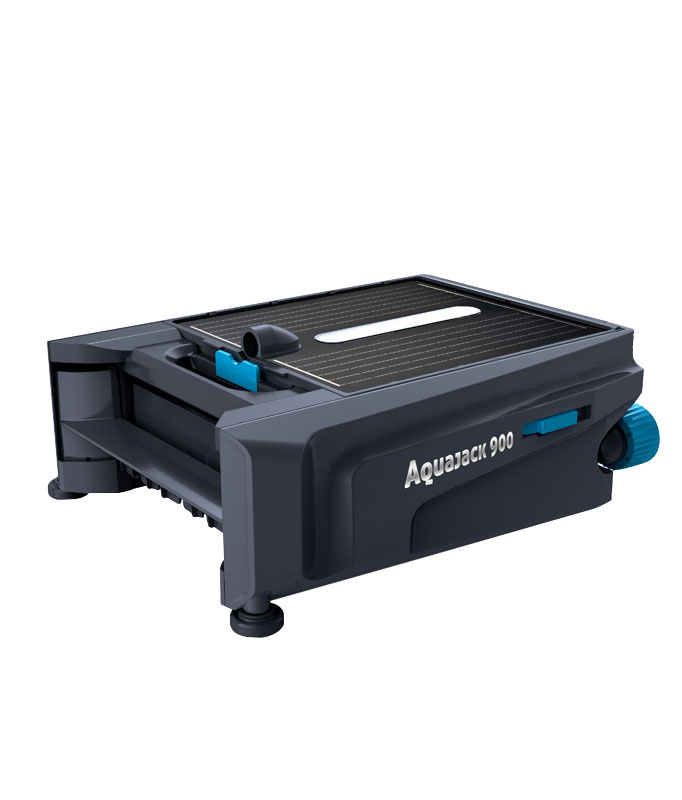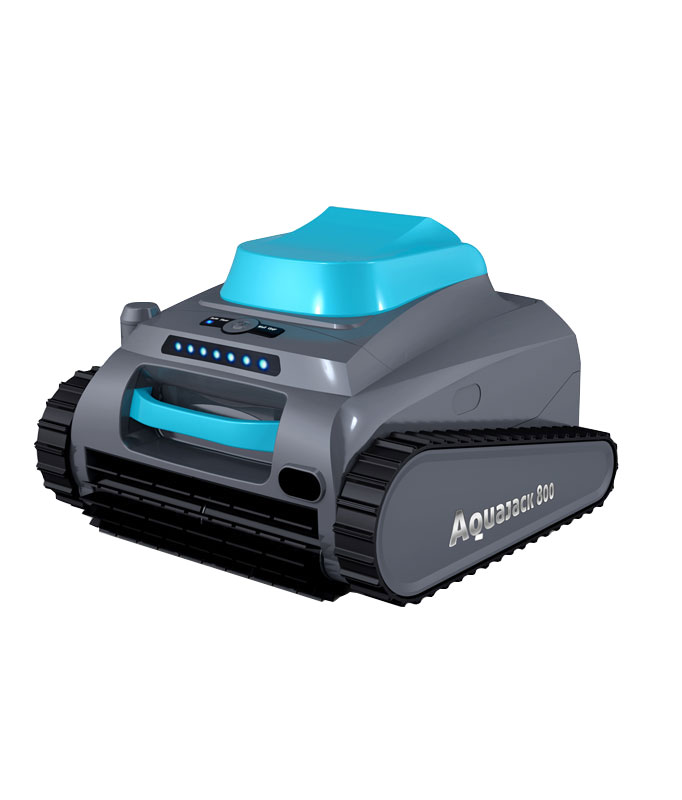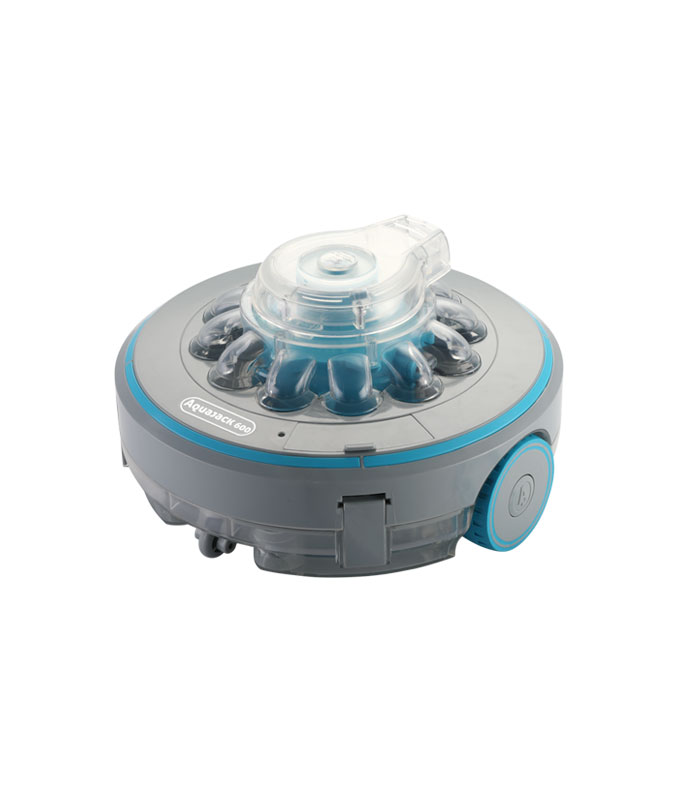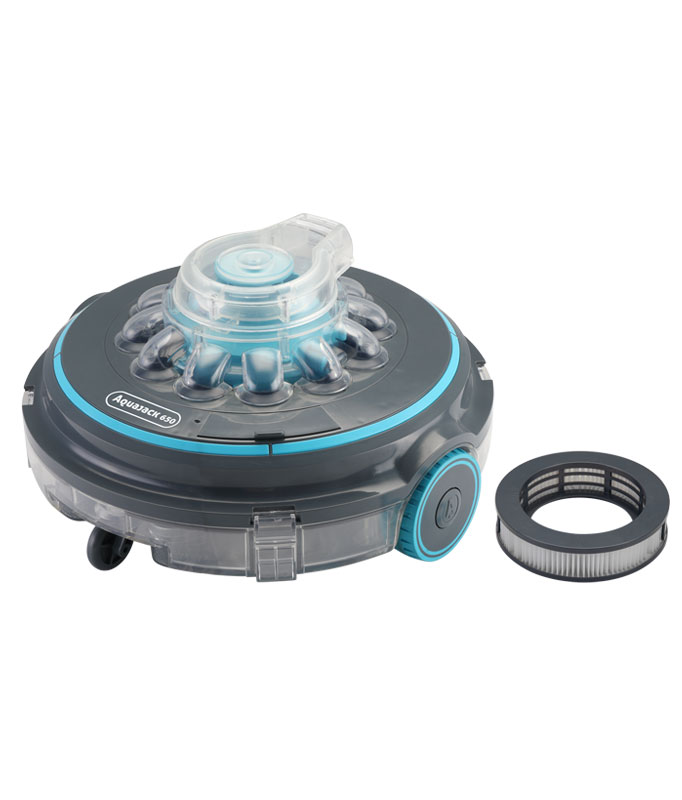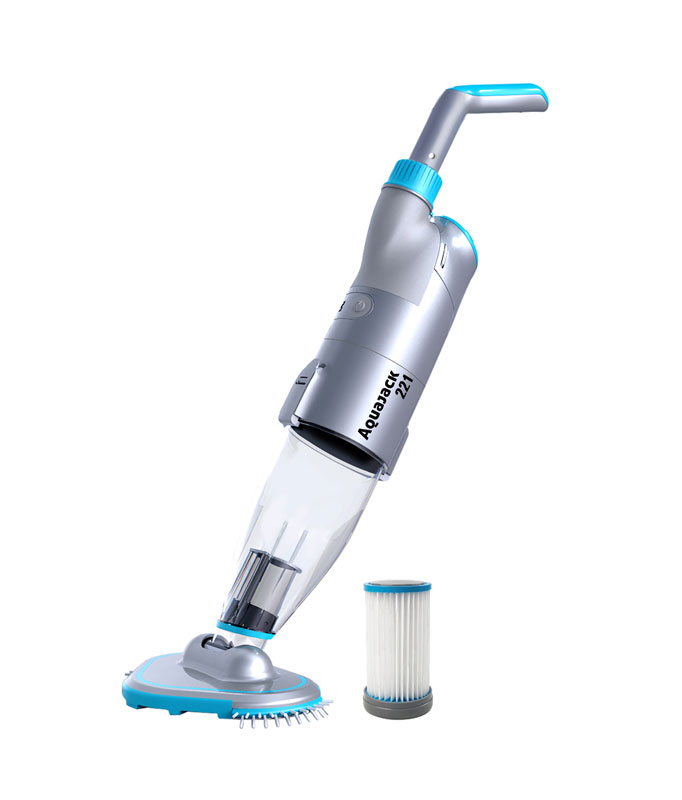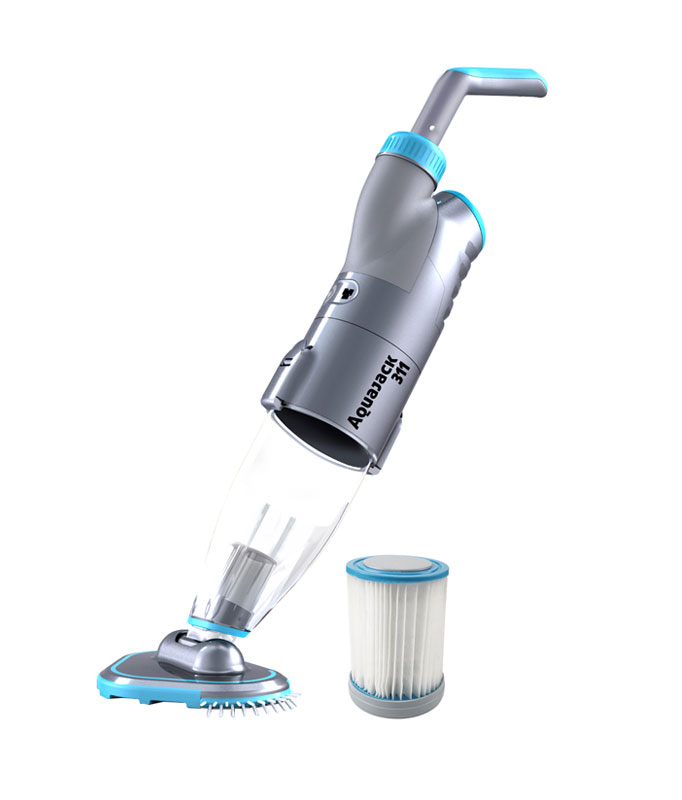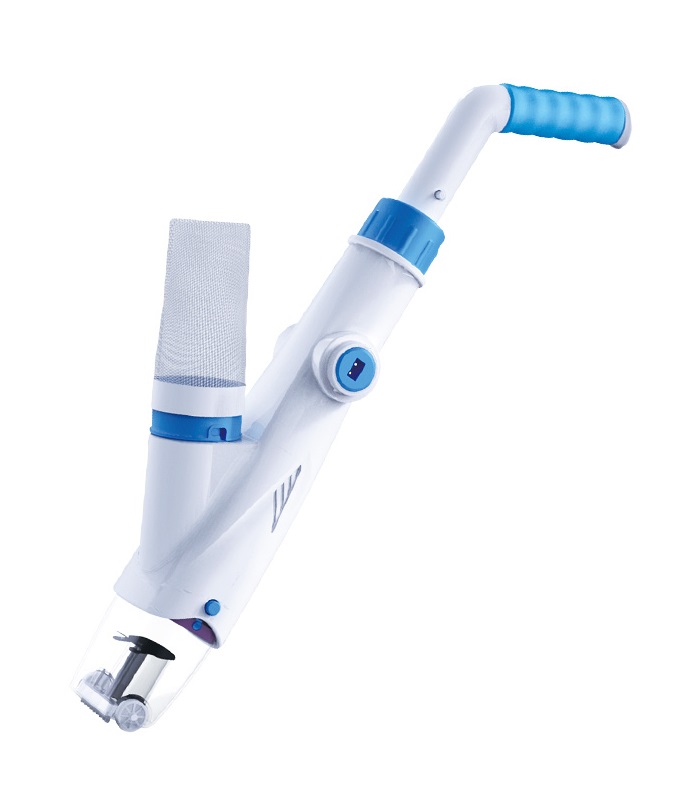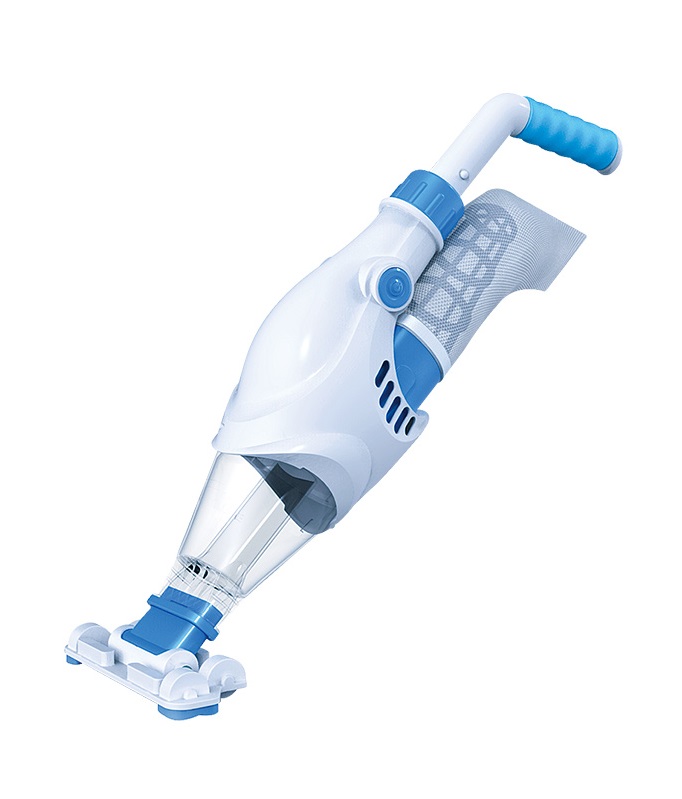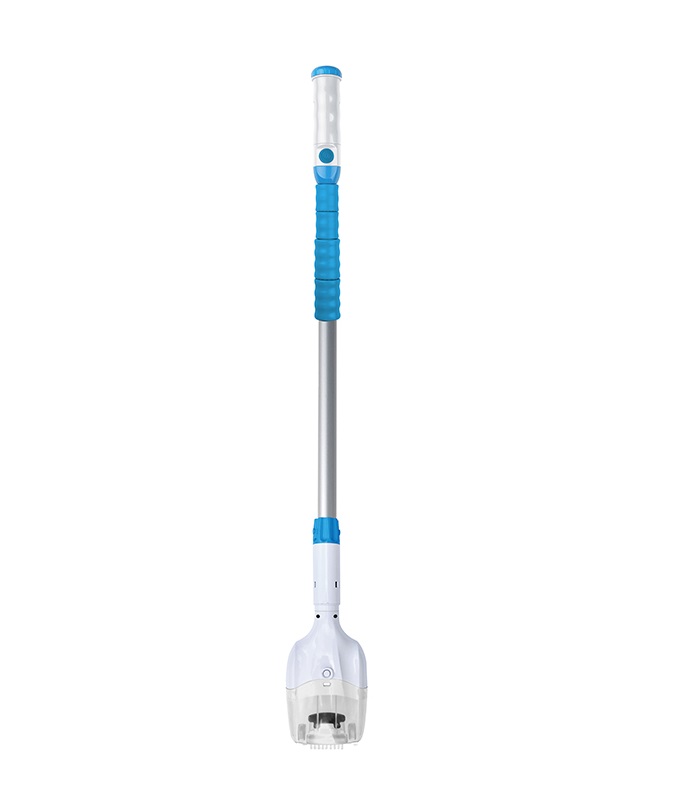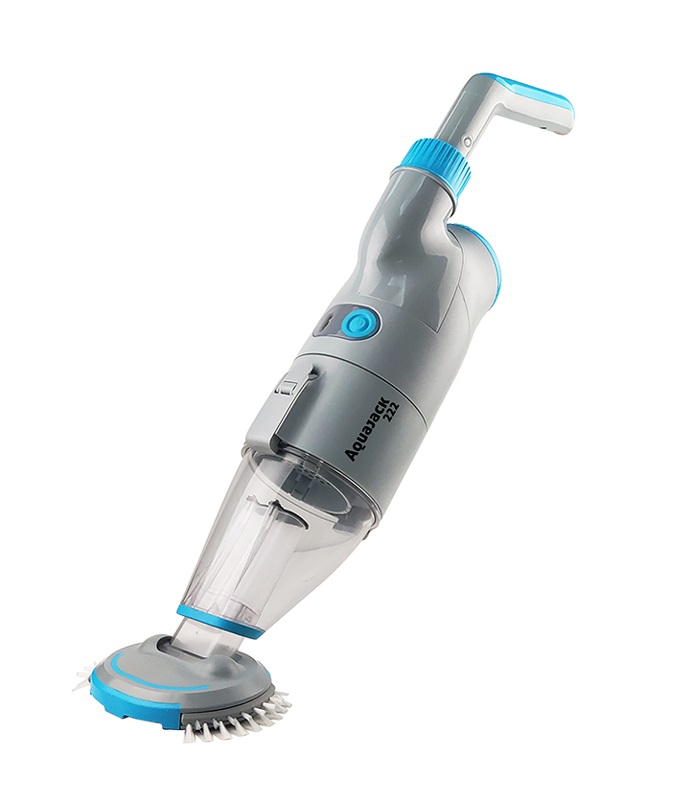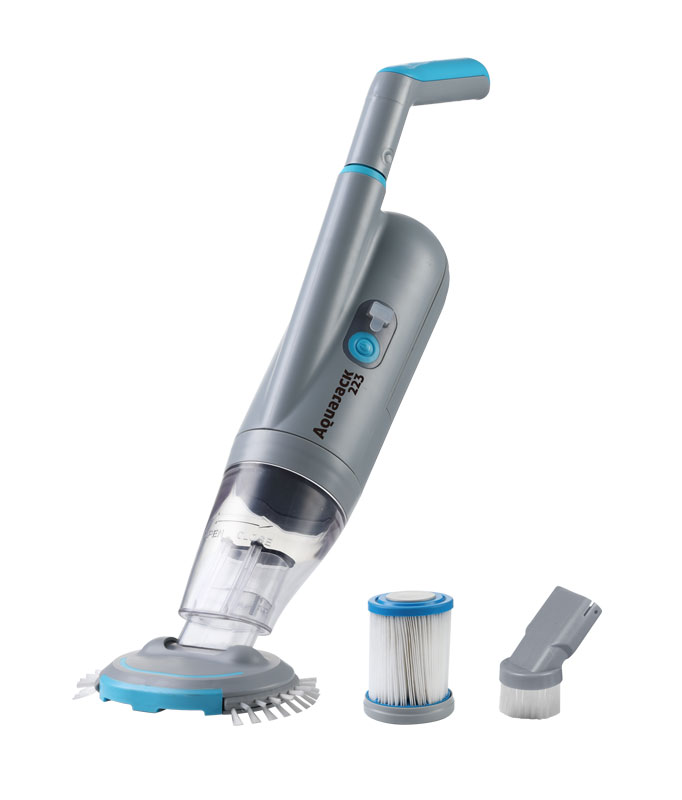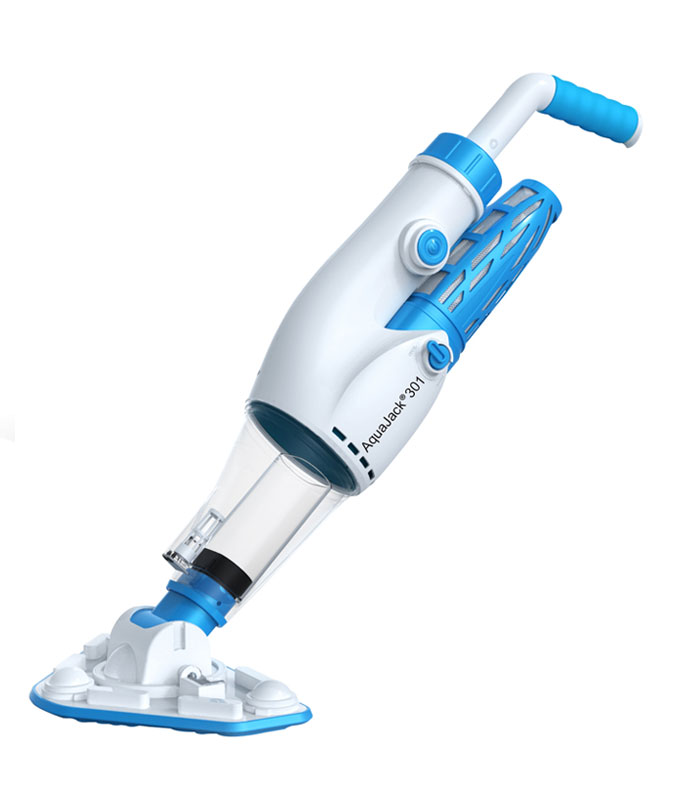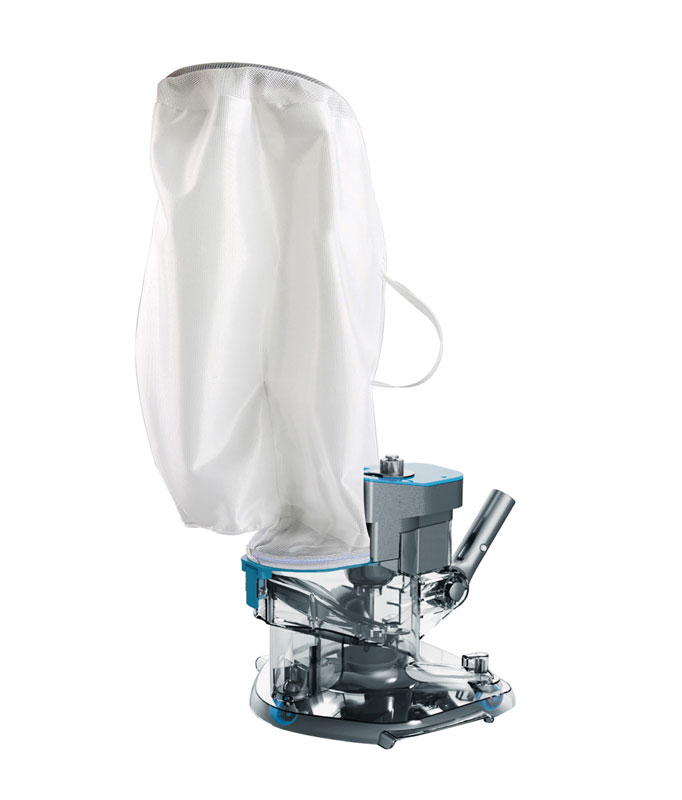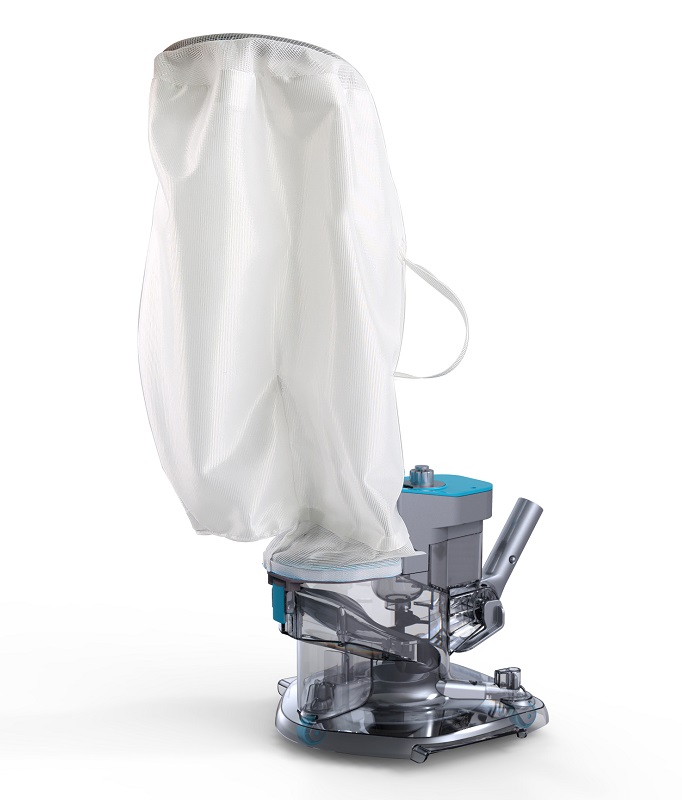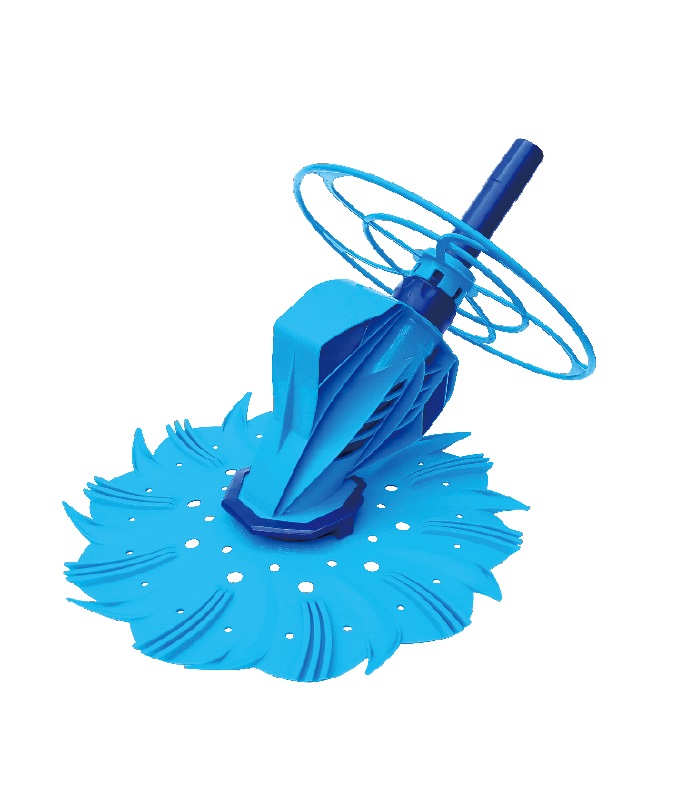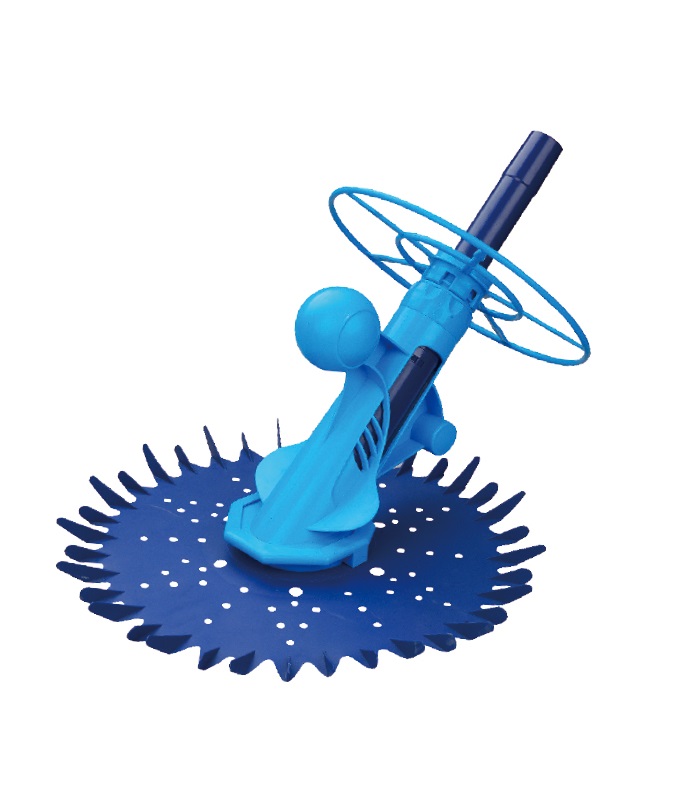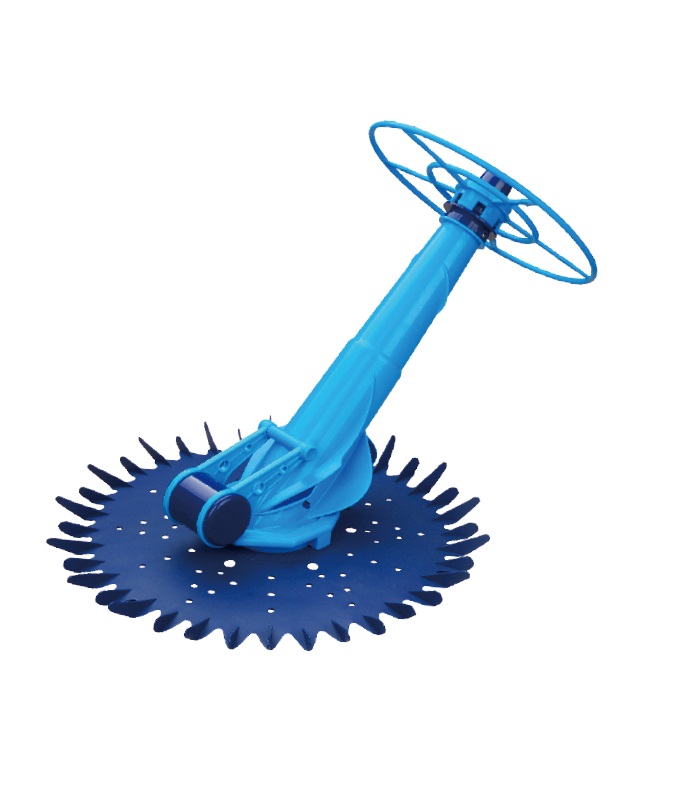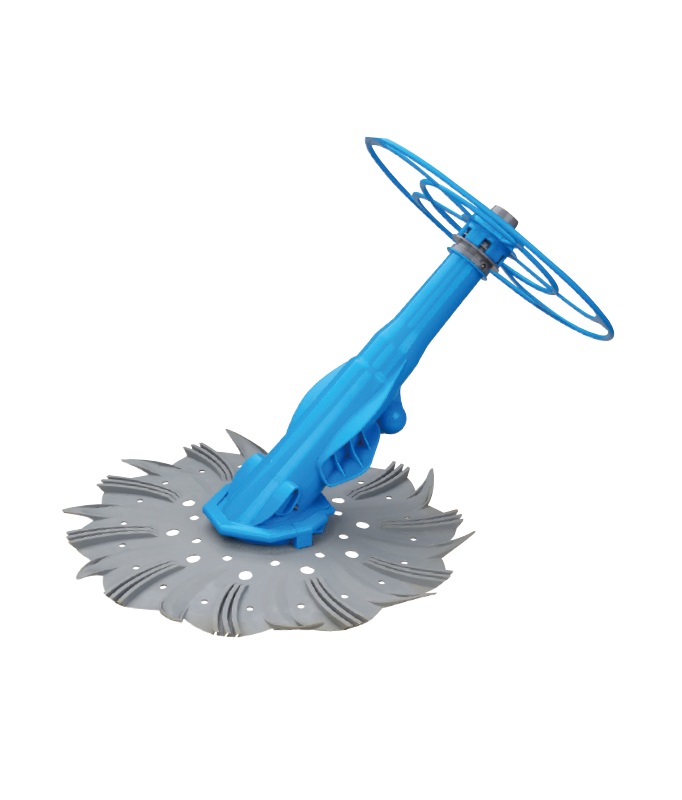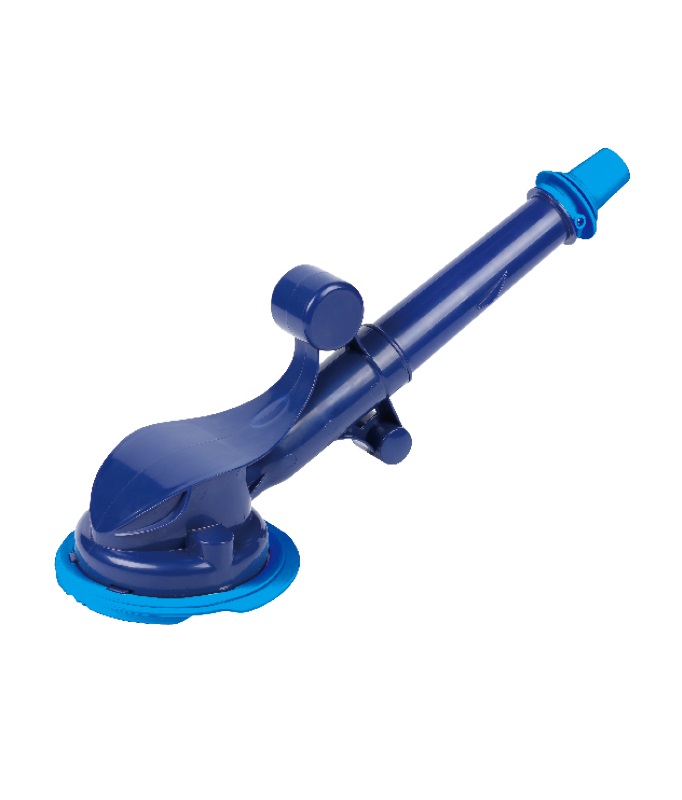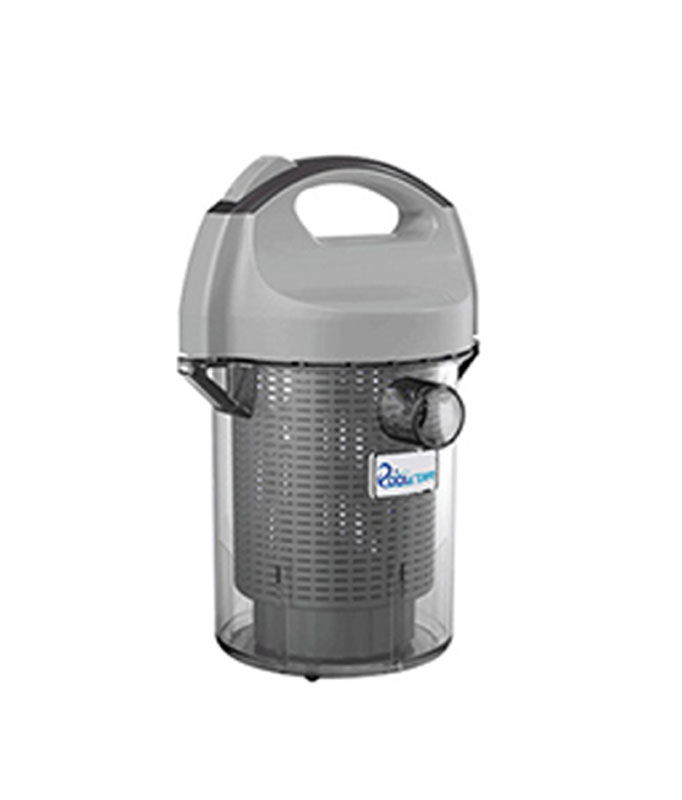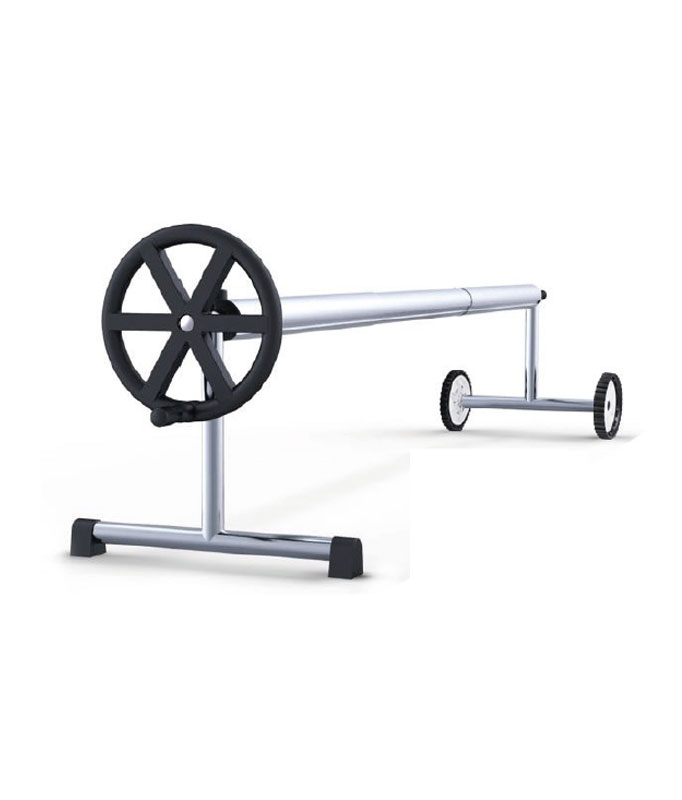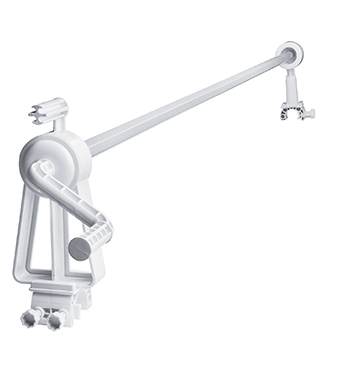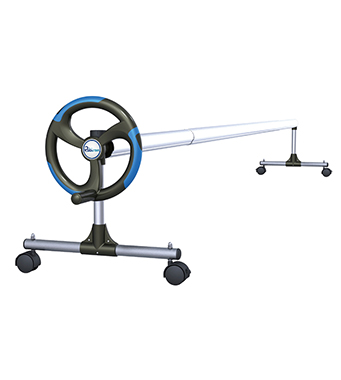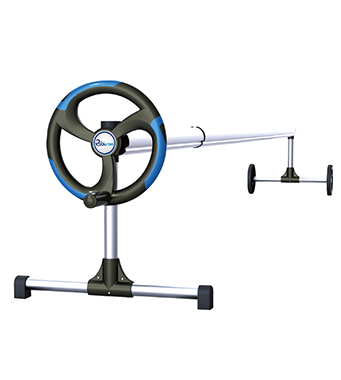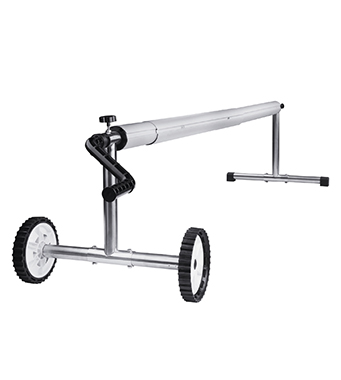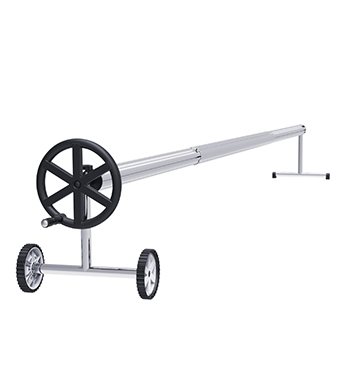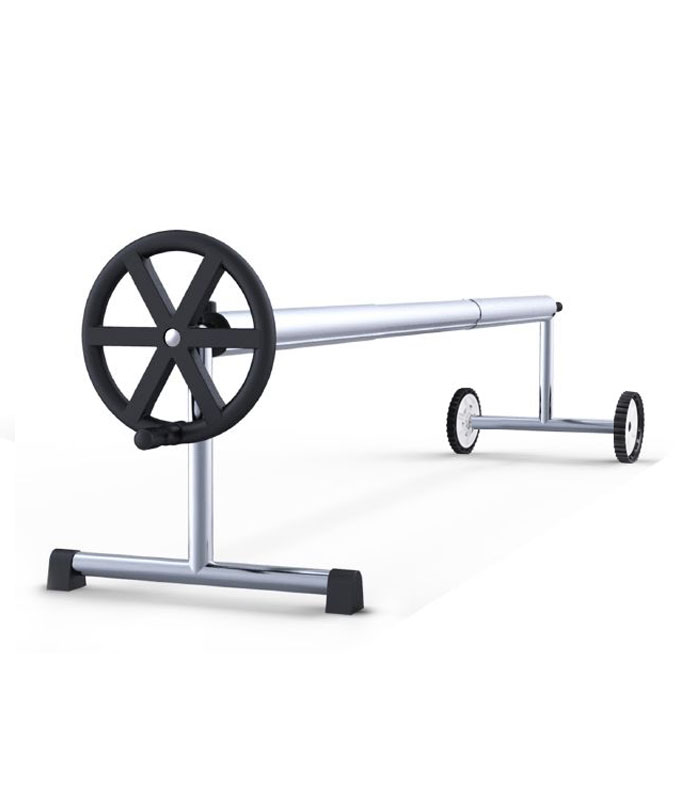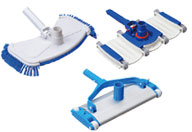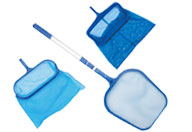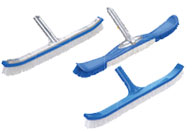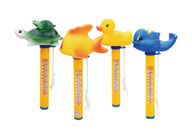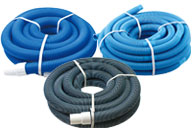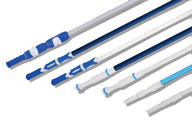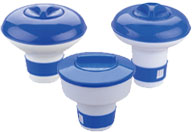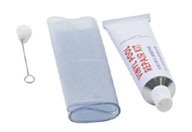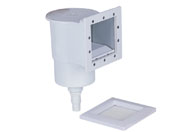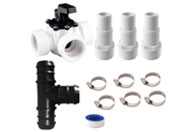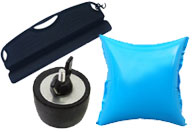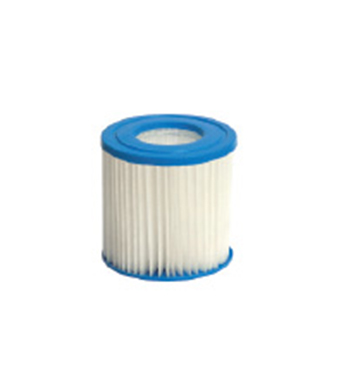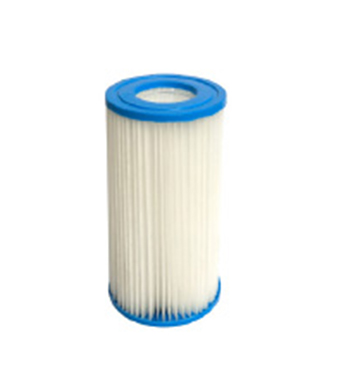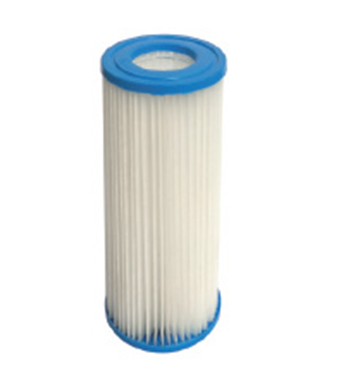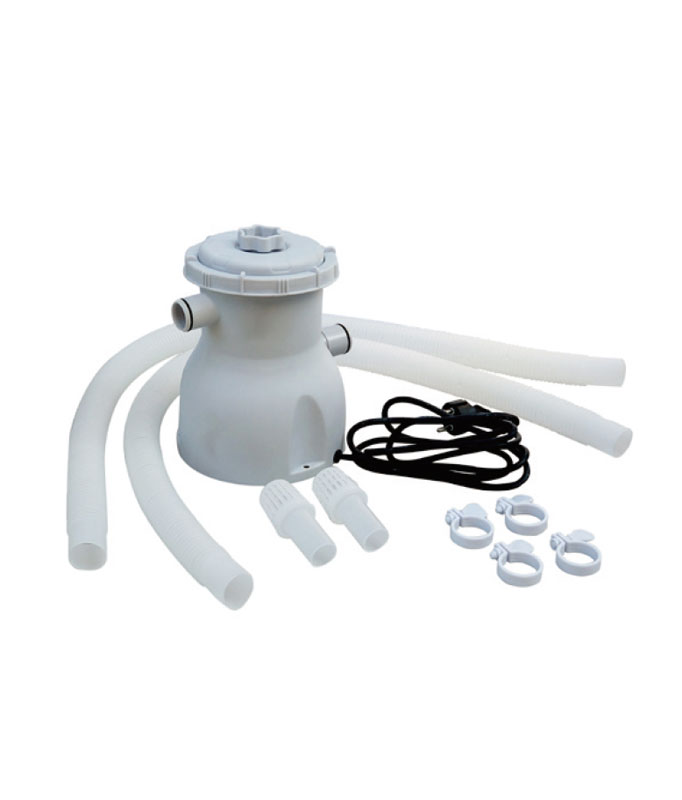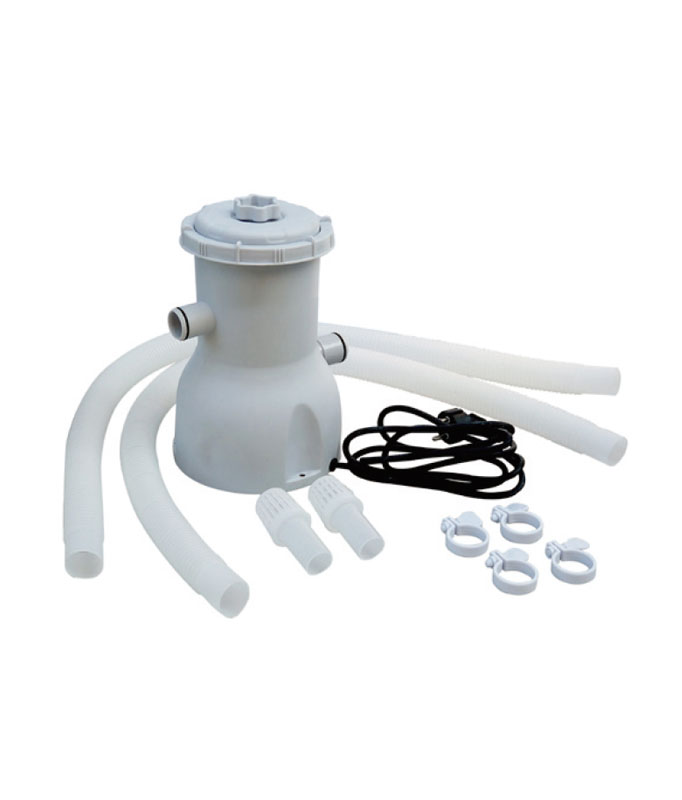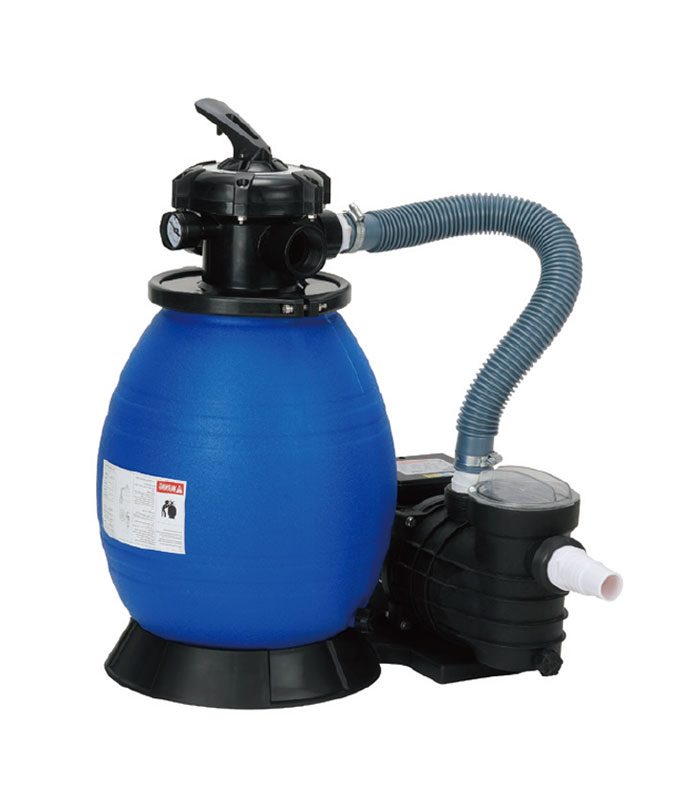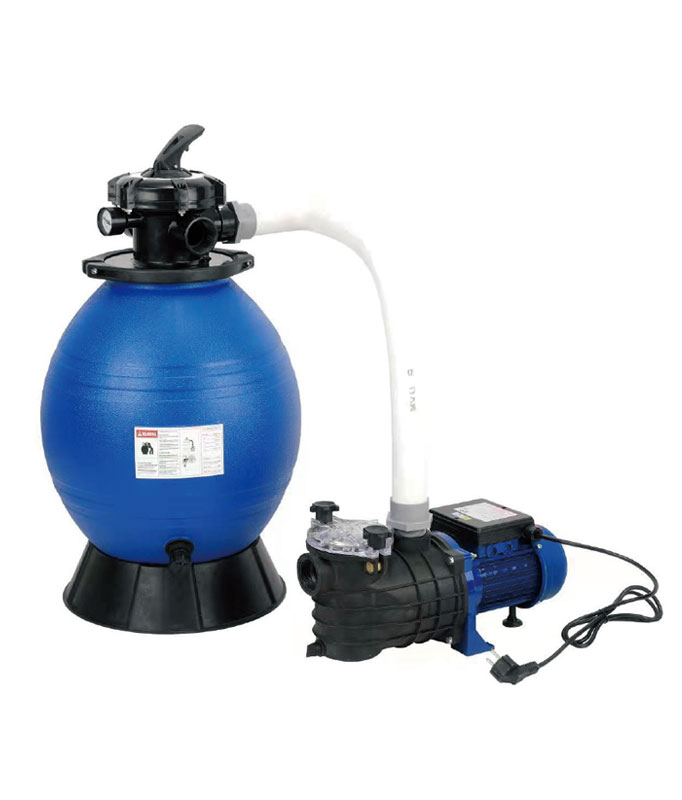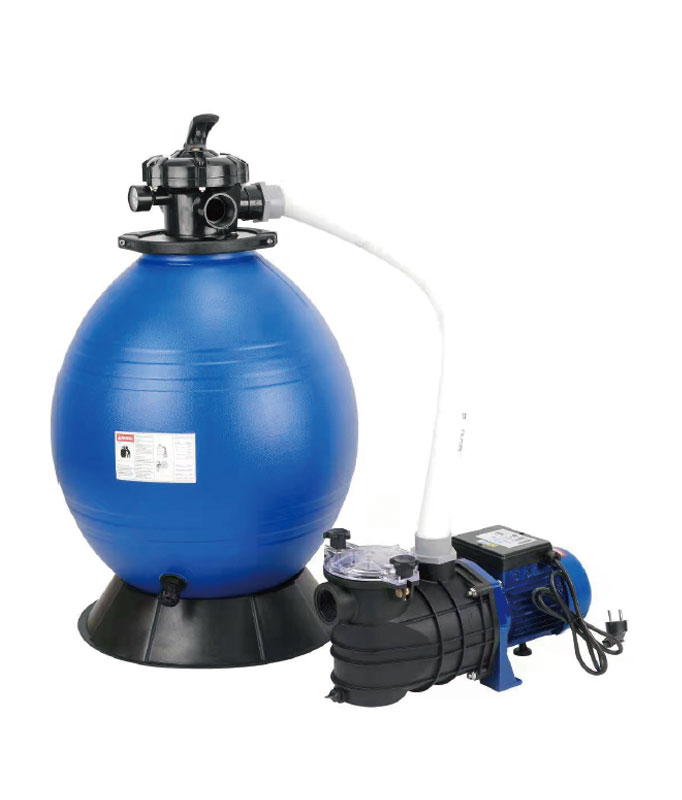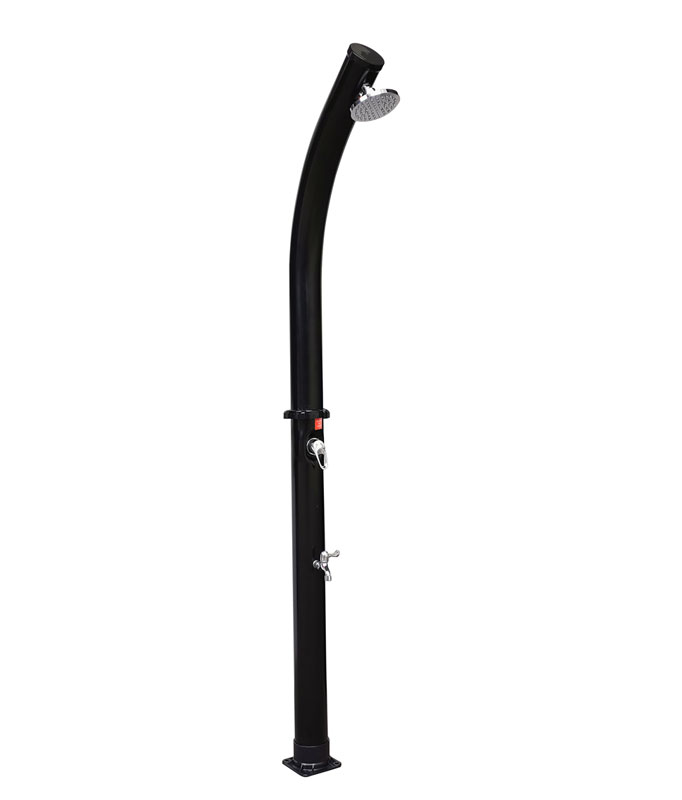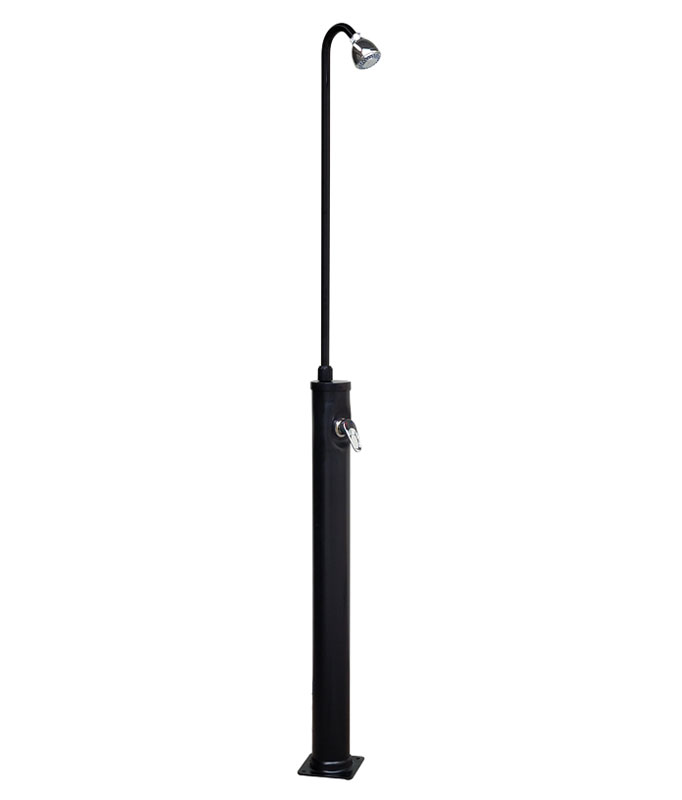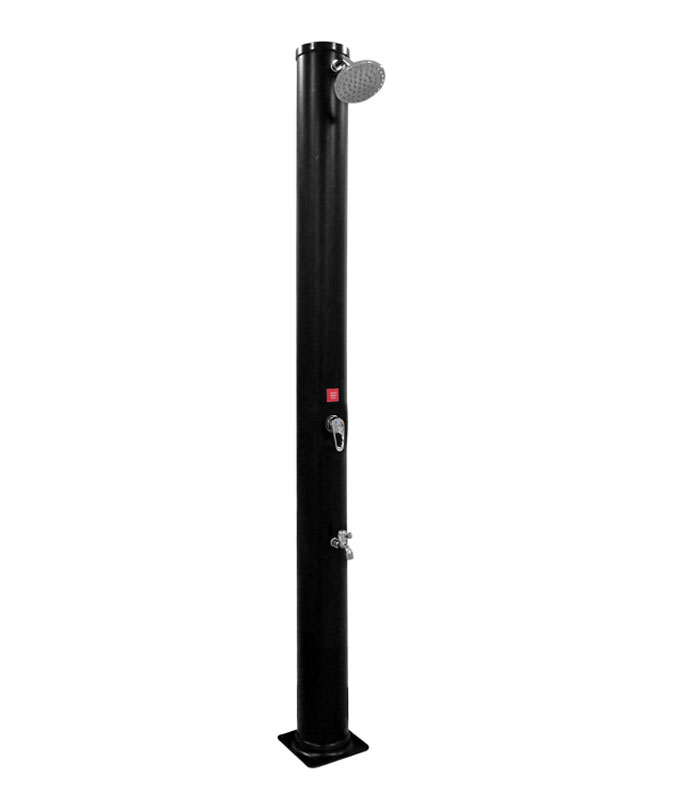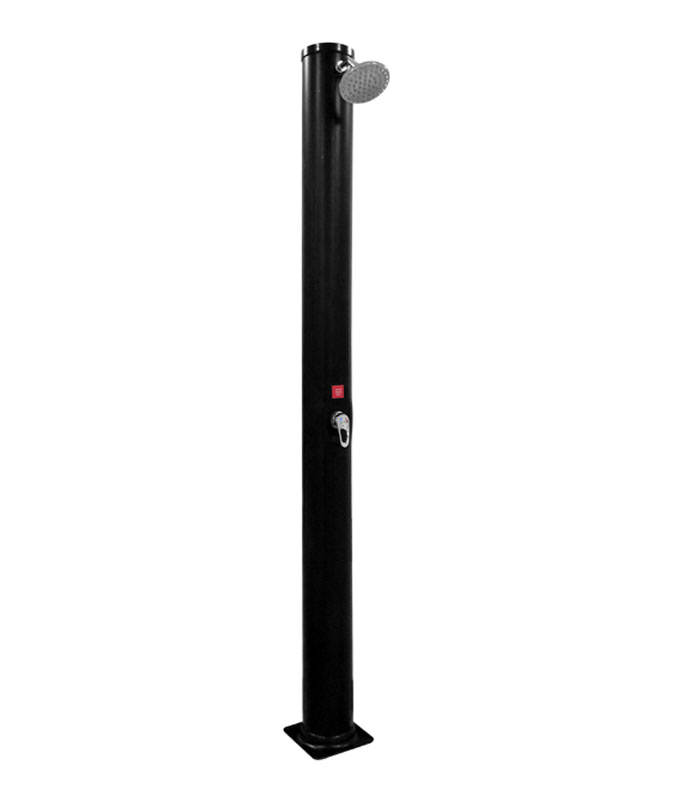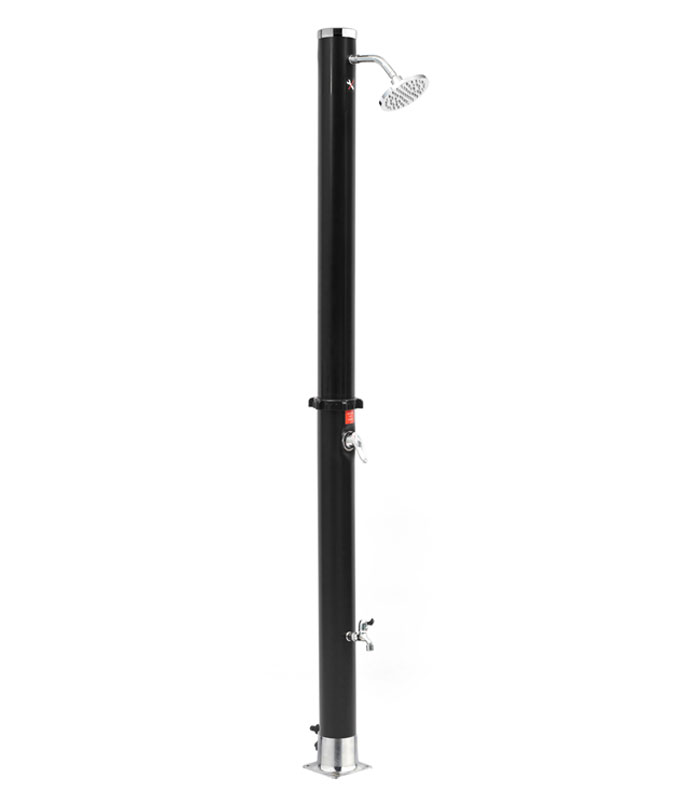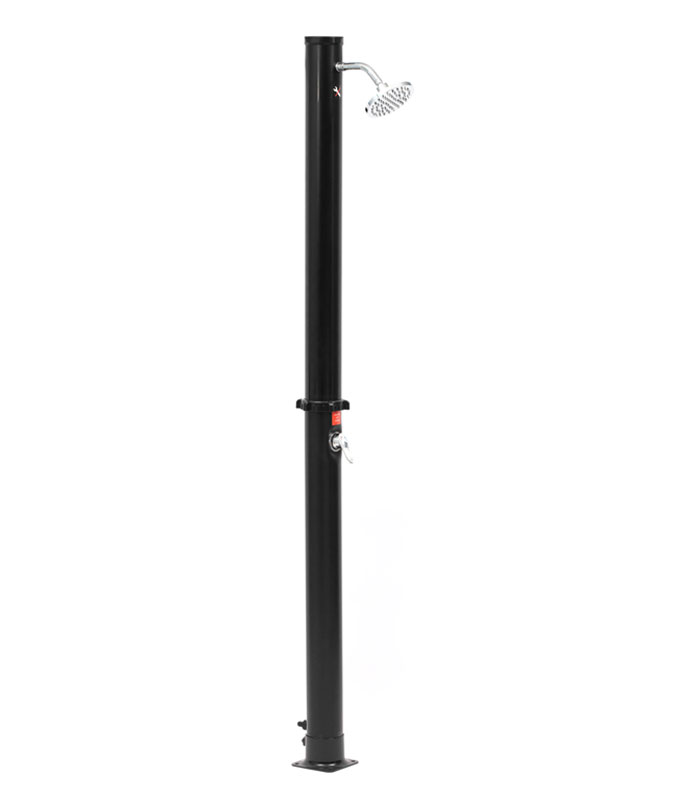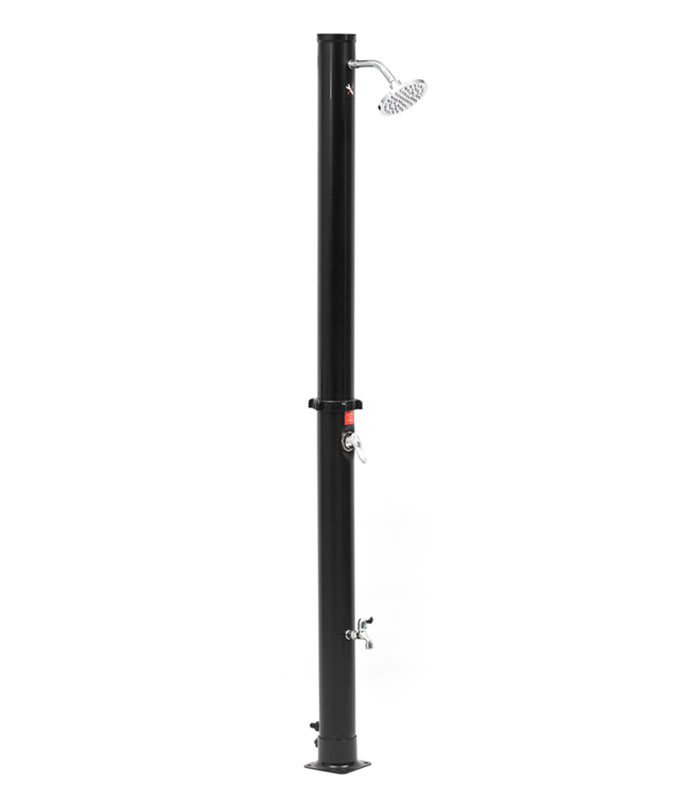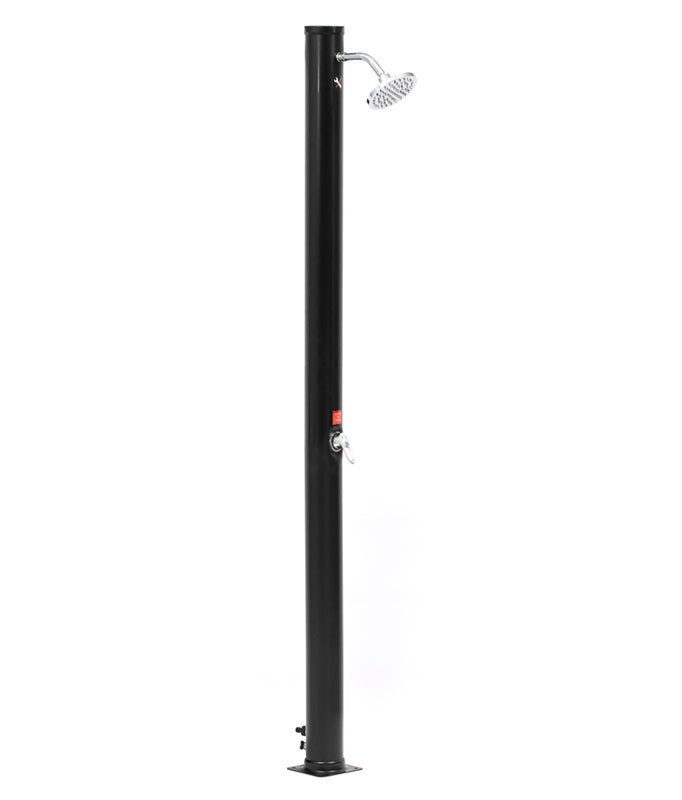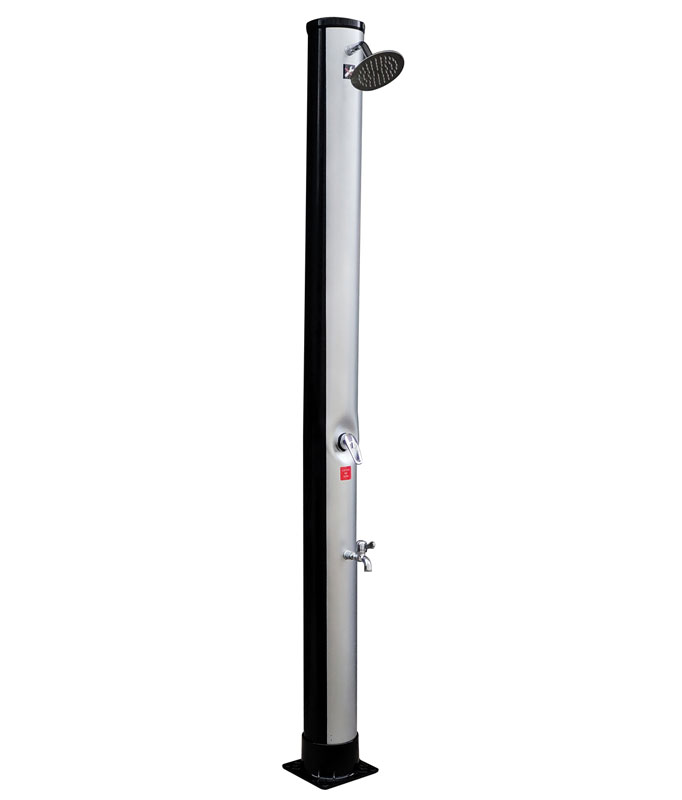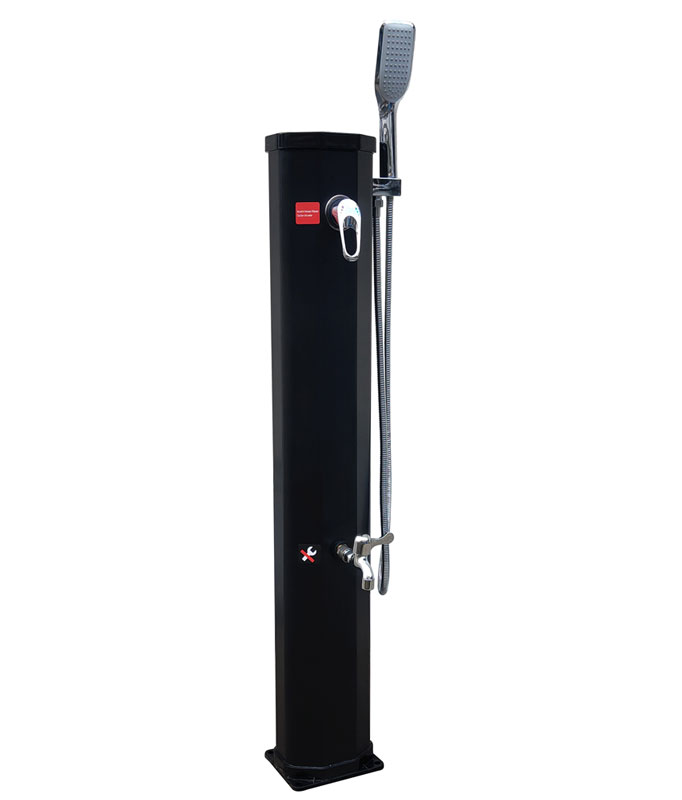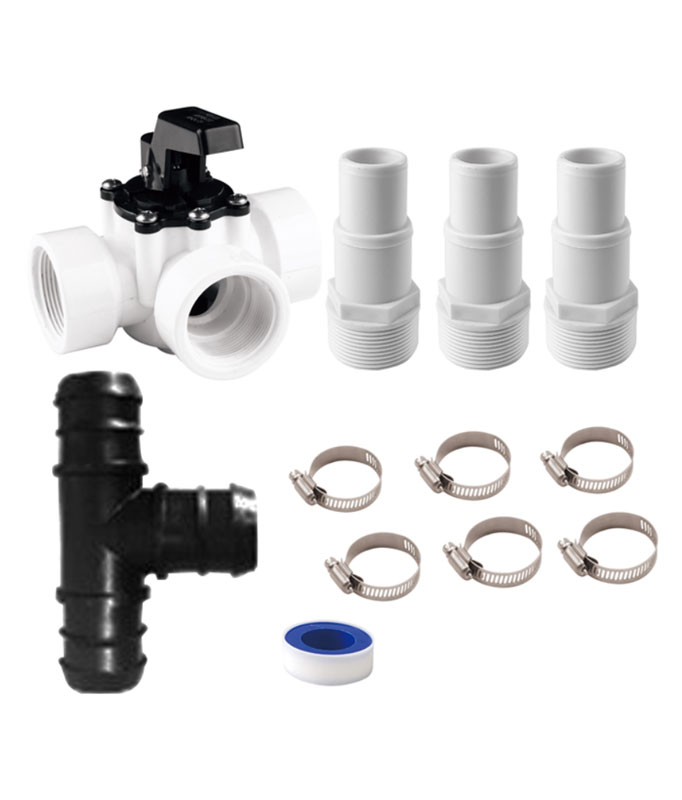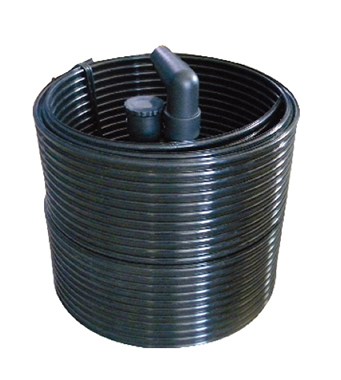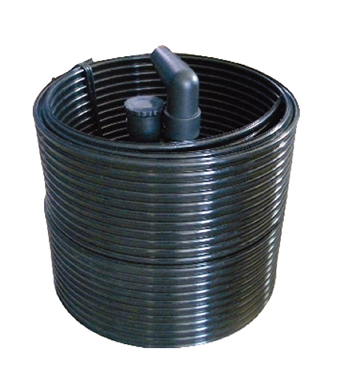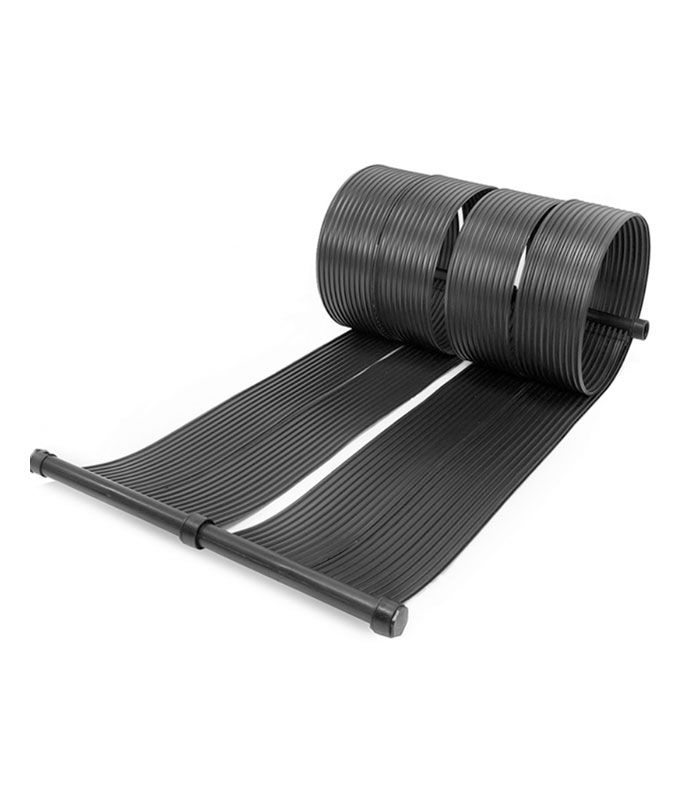Taking care of your pool robot doesn’t have to be hard. A little effort goes a long way in keeping it running like new. Regular maintenance helps you avoid breakdowns and costly repairs. Preventive maintenance: 10 Indicators for health Monitoring of Robot pool cleaners can make all the difference. Want to know more? Check out this amazing model at https://www.cnpoolstar.com/product/aquajack-800-cordless-robotic-pool-cleaner-440.html.
Key Takeaways
- Clean your pool robot's filters after every use. This keeps it working well and stops clogs.
- Check brushes, rollers, and wheels for dirt. Remove any debris to keep it running smoothly and avoid damage.
- Watch how your robot works. Listen for strange sounds or notice cleaning problems to fix issues early.
Clean and Maintain Your Pool Robot Regularly
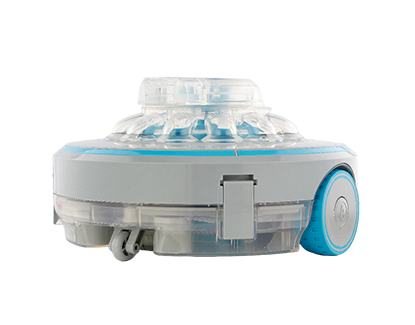
Keeping your pool robot clean and well-maintained is the secret to its long-lasting performance. A little effort after each use can save you from bigger headaches down the road. Let’s dive into the key steps you should follow.
Clean the Filters After Every Use
Your pool robot’s filters work hard to trap dirt, leaves, and other debris. If you don’t clean them regularly, they can clog and reduce the robot’s efficiency.
- How to clean the filters:
- Remove the filter from the robot.
- Rinse it thoroughly with a garden hose.
- Let it air dry completely before putting it back.
Tip: If the filter looks worn out or damaged, replace it immediately. A clean filter ensures your robot can do its job properly.
Remove Debris from Brushes, Rollers, and Wheels
The brushes, rollers, and wheels are like the arms and legs of your pool robot. They help it move and scrub your pool’s surfaces. Over time, they can get tangled with hair, leaves, or other debris.
- Use a soft brush or your hands to remove any visible debris.
- Check for anything stuck in the wheels that might affect movement.
Note: Keeping these parts clean not only improves performance but also prevents unnecessary wear and tear.
Inspect and Clean the Impeller
The impeller is a small but crucial part of your pool robot. It’s responsible for creating the suction that allows the robot to pick up debris. If it gets clogged, your robot won’t clean as effectively.
- Open the impeller cover (refer to your manual for instructions).
- Look for any debris or buildup around the blades.
- Gently clean it with a soft cloth or brush.
Warning: Always turn off and unplug your pool robot before inspecting or cleaning the impeller.
Check for Wear and Tear on Components
Your pool robot works hard, so it’s natural for some parts to wear out over time. Regularly inspecting these components can help you catch issues early.
- Look for cracks or damage on the brushes, rollers, and wheels.
- Check the cable for any signs of fraying or tangling.
- Inspect the body of the robot for leaks or loose parts.
Pro Tip: Keep a small toolkit handy for quick fixes. Replacing worn-out parts promptly can save you from bigger problems later.
By following these steps, you’ll keep your pool robot in top-notch condition. Regular maintenance not only extends its lifespan but also ensures your pool stays sparkling clean. Ready to move on? Let’s explore preventive maintenance in the next section!
Preventive Maintenance: 10 Indicators for Health Monitoring of Robot Pool Cleaners
Keeping your pool robot in top shape doesn’t have to be complicated. By paying attention to these ten key indicators, you can catch potential problems early and keep your cleaner running smoothly. Let’s dive into what you should monitor.
Monitor Cleaning Efficiency and Coverage
Does your pool robot leave behind dirt or miss spots? That’s a sign it’s not cleaning efficiently. Watch how well it picks up debris and whether it covers the entire pool. If you notice uneven cleaning, check the brushes, rollers, and filters. A quick inspection can often solve the issue.
Tip: Run your robot in different cleaning modes (if available) to see if the problem persists.
Check for Unusual Noises or Vibrations
Your pool robot should operate quietly. If you hear strange noises or feel excessive vibrations, something might be wrong. These could indicate a clogged impeller, loose parts, or worn-out components. Turn off the robot and inspect it carefully.
Warning: Never ignore unusual sounds. They can lead to bigger problems if left unchecked.
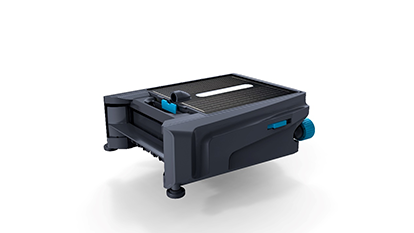
Inspect the Cable for Damage or Tangles
A damaged or tangled cable can affect your robot’s performance. Look for cuts, frays, or knots in the cable. If you find any damage, replace the cable immediately. To prevent tangling, lay the cable out straight after each use.
Pro Tip: Use a swivel cable or a cable float to reduce tangling during operation.
Ensure the Brushes and Rollers Are Rotating Smoothly
The brushes and rollers do the heavy lifting when it comes to scrubbing your pool. If they’re not rotating smoothly, your robot won’t clean effectively. Check for debris or wear that might be causing the issue. Clean or replace these parts as needed.
Verify the Robot’s Navigation and Climbing Ability
Your pool robot should navigate the pool effortlessly and climb walls without slipping. If it struggles, the problem could be with the wheels, tracks, or software. Make sure these components are in good condition and functioning properly.
Note: Some robots have adjustable settings for different pool surfaces. Check your manual to optimize performance.
Test the Battery Life and Charging Efficiency
A healthy battery is crucial for your pool robot’s performance. Monitor how long the battery lasts during cleaning cycles. If it drains quickly or takes too long to charge, it might be time for a replacement.
Tip: Always use the charger recommended by the manufacturer to avoid damaging the battery.
Look for Leaks or Water Ingress
Water inside your pool robot can cause serious damage. Inspect the body for cracks or loose seals. If you notice water ingress, stop using the robot and address the issue immediately.
Assess the Filter’s Condition and Replace if Necessary
A clogged or damaged filter can reduce your robot’s cleaning efficiency. Check the filter regularly and replace it if it looks worn out. A clean filter ensures your robot can pick up debris effectively.
Confirm Software or Firmware Is Up-to-Date
Some pool robots rely on software or firmware for navigation and cleaning. Check for updates regularly to ensure your robot operates at its best. Updated software can also fix bugs and improve performance.
Schedule Professional Servicing Annually
Even with regular maintenance, your pool robot can benefit from a professional check-up. Schedule an annual servicing to have an expert inspect and tune up your cleaner. This can extend its lifespan and prevent costly repairs.
By following these preventive maintenance tips, you’ll keep your pool robot in excellent condition. Regular monitoring helps you catch small issues before they become big problems. Plus, it ensures your pool stays sparkling clean all season long.
Take Care of the Battery
Your pool robot’s battery is its lifeline. Taking care of it ensures your cleaner runs smoothly and lasts longer. Let’s look at some simple ways to keep your battery in top condition.
Follow Proper Charging Practices
Charging your pool robot correctly is key to maintaining its battery health. Always charge it in a dry, well-ventilated area. Avoid charging it immediately after use when the battery might still be warm. Let it cool down first.
Tip: Set a timer or use a smart plug to monitor charging time. This prevents overcharging and keeps the battery in good shape.
Avoid Overcharging or Letting the Battery Drain Completely
Overcharging or fully draining the battery can shorten its lifespan. Try to charge it when the battery level is low but not completely empty. Similarly, unplug it as soon as it’s fully charged.
- Why it matters:
- Overcharging can cause overheating.
- Draining the battery completely can reduce its capacity over time.
Pro Tip: Check your robot’s manual for the recommended charging duration and follow it closely.
Use the Correct Charger for Your Model
Not all chargers are created equal. Using the wrong one can damage your battery or even void your warranty. Stick to the charger provided by the manufacturer or buy a replacement directly from them.
Warning: Avoid third-party chargers, even if they seem compatible. They might not deliver the right voltage or current.
Replace the Battery When Necessary
No battery lasts forever. If you notice your robot isn’t holding a charge or cleaning for as long as it used to, it might be time for a replacement. Check your manual for the correct battery type and follow the instructions for safe replacement.
Reminder: Dispose of old batteries responsibly. Many local recycling centers accept them.
By following these tips, you’ll extend your battery’s life and keep your pool robot running like a champ. A little care goes a long way!
Store Your Pool Robot Properly
Proper storage is just as important as regular maintenance when it comes to keeping your pool robot in top shape. Storing it the right way can prevent damage and extend its lifespan. Here’s how you can do it:
Keep It in a Cool, Dry Place
Your pool robot doesn’t like moisture when it’s not in use. After cleaning, make sure it’s completely dry before storing it. Find a cool, dry spot like a garage or a storage room. Avoid damp areas, as they can cause rust or mold to develop on the robot’s components.
Tip: Use a shelf or a dedicated storage area to keep your robot off the ground and away from potential spills.
Disconnect the Battery During Long Periods of Inactivity
If you’re not planning to use your pool robot for a while, disconnect the battery. This prevents unnecessary power drainage and keeps the battery in good condition. Store the battery separately in a safe, dry place.
Reminder: Always follow the manufacturer’s instructions when removing or storing the battery to avoid damage.
Avoid Storing the Robot in Direct Sunlight or Extreme Temperatures
Extreme heat or cold can harm your pool robot. Direct sunlight can cause the plastic parts to warp, while freezing temperatures can damage internal components. Keep it in a temperature-controlled environment to avoid these issues.
Warning: Never leave your robot outside, even if it’s under a cover. The weather can still take a toll on it.
Use a Protective Cover or Storage Caddy
A protective cover or storage caddy can shield your pool robot from dust, dirt, and accidental bumps. Many manufacturers offer custom covers designed specifically for their models. If you don’t have one, consider investing in it to keep your robot safe.
Pro Tip: A storage caddy not only protects your robot but also makes it easier to move around when needed.
By following these storage tips, you’ll keep your pool robot in excellent condition, ready to dive back into action whenever you need it. Proper storage is a small step that makes a big difference!
Avoid Common Mistakes
Even with the best intentions, it’s easy to make mistakes that can harm your pool robot. Avoiding these common pitfalls will help you keep it running smoothly and extend its lifespan.
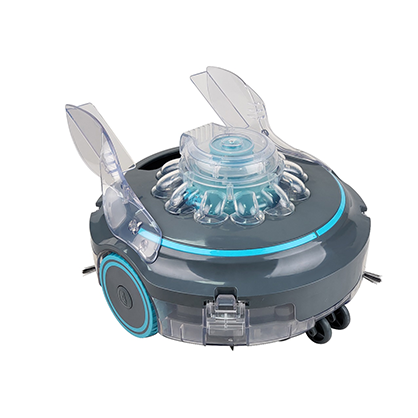
Don’t Skip Routine Maintenance Checks
Skipping maintenance is like ignoring a car’s oil change—it leads to trouble. Regular checks help you catch small issues before they become big problems. Inspect the filters, brushes, and impeller after every use. Look for wear and tear on the wheels and cable. Preventive maintenance: 10 Indicators for health Monitoring of Robot pool cleaners can guide you in spotting potential issues early.
Tip: Set a reminder on your phone to perform these checks weekly. A little effort now saves you from costly repairs later.
Avoid Using the Robot in Pools with Excessive Chemicals
High chemical levels can damage your pool robot’s components. Chlorine and other chemicals can corrode the brushes, seals, and internal parts. Always test your pool water before using the robot. Keep the chemical levels within the manufacturer’s recommended range.
Warning: If you’ve just shocked your pool, wait at least 24 hours before running the robot.
Don’t Operate the Robot Outside of Water
Your pool robot is designed to work underwater, not on dry land. Running it outside the pool can overheat the motor and damage the internal mechanisms. Always place it in the water before turning it on.
Pro Tip: If you need to test the robot, submerge it in a bucket of water instead of running it dry.
Avoid Dragging the Robot by Its Cable
Dragging your pool robot by the cable might seem convenient, but it’s a bad habit. This can strain the cable, causing frays or internal damage. Instead, use the handle or a storage caddy to move the robot.
- Why it matters:
- A damaged cable can affect the robot’s performance.
- Replacing a cable is more expensive than taking a few extra seconds to carry the robot properly.
By steering clear of these mistakes, you’ll keep your pool robot in excellent condition. Treat it with care, and it’ll reward you with years of hassle-free cleaning.
Additional Tips for Longevity
Update the Software or Firmware Regularly
Your pool robot’s software is like its brain. Keeping it updated ensures it performs at its best. Manufacturers often release updates to improve navigation, fix bugs, or add new features. Check the manual or the manufacturer’s website for instructions on how to update your model.
Tip: Set a reminder to check for updates every few months. It’s a quick task that can make a big difference in performance.
Replace Worn-Out Parts Promptly
Worn-out parts can slow down your pool robot or even cause damage to other components. If you notice cracks, frayed cables, or worn brushes, replace them immediately. Ignoring these issues can lead to bigger problems. Always use genuine parts from the manufacturer to ensure compatibility and durability.
- Why it matters:
- Keeps your robot running smoothly.
- Prevents costly repairs down the line.
Follow the Manufacturer’s Guidelines for Use and Maintenance
Every pool robot is unique. The manufacturer’s guidelines are your go-to resource for proper use and care. These instructions cover everything from cleaning routines to troubleshooting tips. Following them ensures your robot stays in top shape and avoids unnecessary wear.
Reminder: Keep the manual handy for quick reference. It’s your best friend when it comes to maintenance.
Schedule Professional Servicing When Needed
Even with regular care, your pool robot benefits from a professional tune-up. Schedule annual servicing to have an expert inspect and clean internal components. They can also address issues you might not notice, ensuring your robot stays in peak condition.
Pro Tip: Combine professional servicing with your own preventive maintenance: 10 Indicators for health Monitoring of Robot pool cleaners. This approach keeps your robot running like new for years.
By following these tips, you’ll extend your pool robot’s lifespan and enjoy a cleaner pool with less hassle. A little effort now saves you time and money later.
Taking care of your pool robot doesn’t have to be complicated. Regular cleaning, smart storage, and preventive maintenance go a long way.
- Why it matters:
- You’ll avoid costly repairs.
- Your pool stays sparkling clean.
Remember: Follow the manufacturer’s guidelines and avoid common mistakes. A little effort now means years of hassle-free cleaning!
FAQ
How often should I clean my pool robot’s filters?
You should clean the filters after every use. This keeps your robot efficient and prevents debris buildup.
Tip: Rinse the filters thoroughly and let them air dry.
Can I use my pool robot in saltwater pools?
Yes, most pool robots work in saltwater pools. Check your manual to confirm compatibility with saltwater environments.
Reminder: Rinse the robot after use to avoid salt damage.
What should I do if my pool robot stops climbing walls?
Inspect the wheels or tracks for debris. Clean them thoroughly. If the issue persists, check the software settings or contact customer support.
Pro Tip: Adjust settings for different pool surfaces.

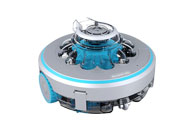 Robotic Pool Cleaner
Robotic Pool Cleaner 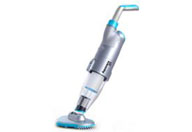 Portable Pool Vacuum Cleaner
Portable Pool Vacuum Cleaner 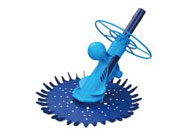 Automatic Pool Cleaner
Automatic Pool Cleaner 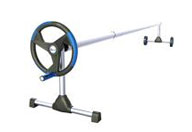 Pool Cover Reel
Pool Cover Reel 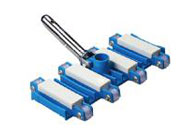 Pool Cleaning Accessories
Pool Cleaning Accessories 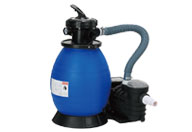 Pool Filter Pump
Pool Filter Pump 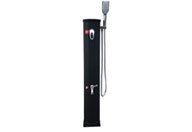 Pool Solar Shower
Pool Solar Shower 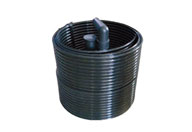 Pool Solar Collector
Pool Solar Collector 